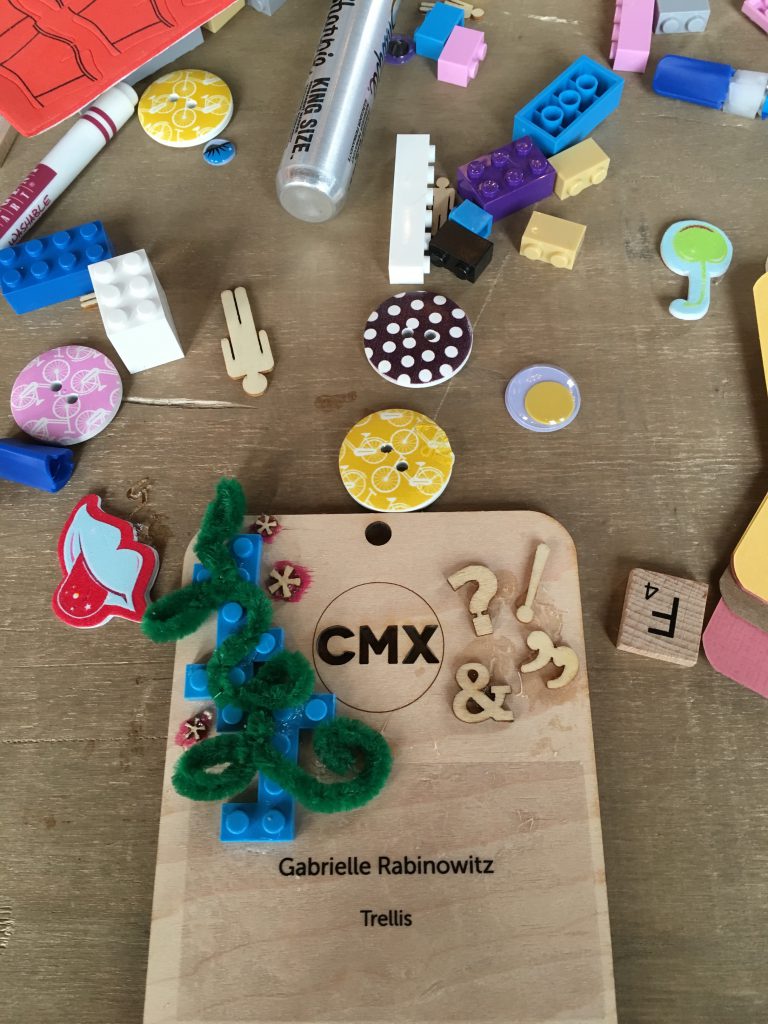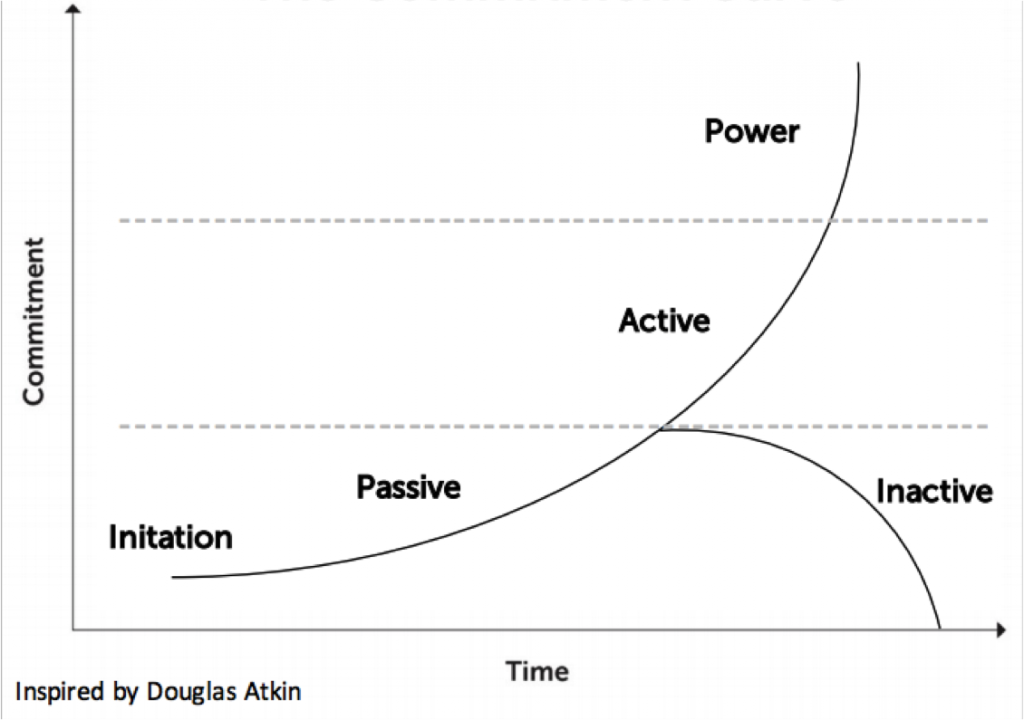Posted by Gabrielle Rabinowitz, Community Manager at Trellis

In May I attended CMX Summit East, a community management conference focused on the future of the community industry. I met community managers from new startups and industry giants, across a wide variety of fields. We got to know each other over coffee at the badge decorating station and then got to work learning about modern community management in a series of workshops and lectures stretching over two days.
In this post I’ll share three questions for community managers followed by strategies discussed at the Summit.
1. Are your mission and community goals aligned?
In David Spinks’ Fundamentals of Community Strategy workshop, we discussed the importance of defining a clear vision or mission as a community manager. We were all tasked with answering the following questions about out our communities: What are we building? What future are we creating? Why?
Next, we broke down the goals of our organization and our community members and checked to see if they were aligned with our mission. We focused on the overlap between these two sets of goals, since engagement efforts are most successful when they target the intersection of organization and community member interests.
2. Where does your community fall on the commitment curve?
Throughout the Summit we discussed four different levels of commitment for community members, starting at Initiation and progressing through Passive, Active, and Power member status. We plotted these levels along a “Commitment Curve”, which shows how a community member can move through the levels over time:

We were invited to look at our own communities to see what percent of our community members were at each stage. It’s important to ask members to take actions that reflect their current commitment level and recognize that it may take time for them to reach a particular stage.
We also noted that different actions in the community, at each commitment level, support different goals:
If you want to develop a large community of connected members who know each other but aren’t all community leaders, you might want to devote more resources to support users at the Passive/early Active level. On the other hand, if you want to spur event organization and leadership in your community, you should focus on your Power members.
3. Which metrics should you track?
Once you have identified your community and organization’s goals and mapped out which kinds of community engagement you expect from your members to achieve those goals, you can start to identify metrics that help you measure your progress.
Most of us are already keeping track of metrics like overall number of community members or percent participation in community events, but the lesson from CMX is that these metrics aren’t much help if they’re not aligned with your goals.
For example, if you decide that you want to see a high volume of engagement with your community at the Active level in order to achieve a goal of enthusiastic collaboration, you should consider keeping track of a relevant metric, like number of high quality comments posted (for an online community) or number of tweets and replies using your hashtag during an event. By doing so, you will gather evidence about whether or not you are accomplishing your goals.
Common themes in community management
If these themes sound familiar, it may be because they resonate with the findings of the Community Roundtable’s 2016 report on the State of Community Management. The data they presented reinforces the ideas from the CMX Summit: Community managers in all fields will benefit from focusing on goal alignment, member commitment, and appropriate metrics.